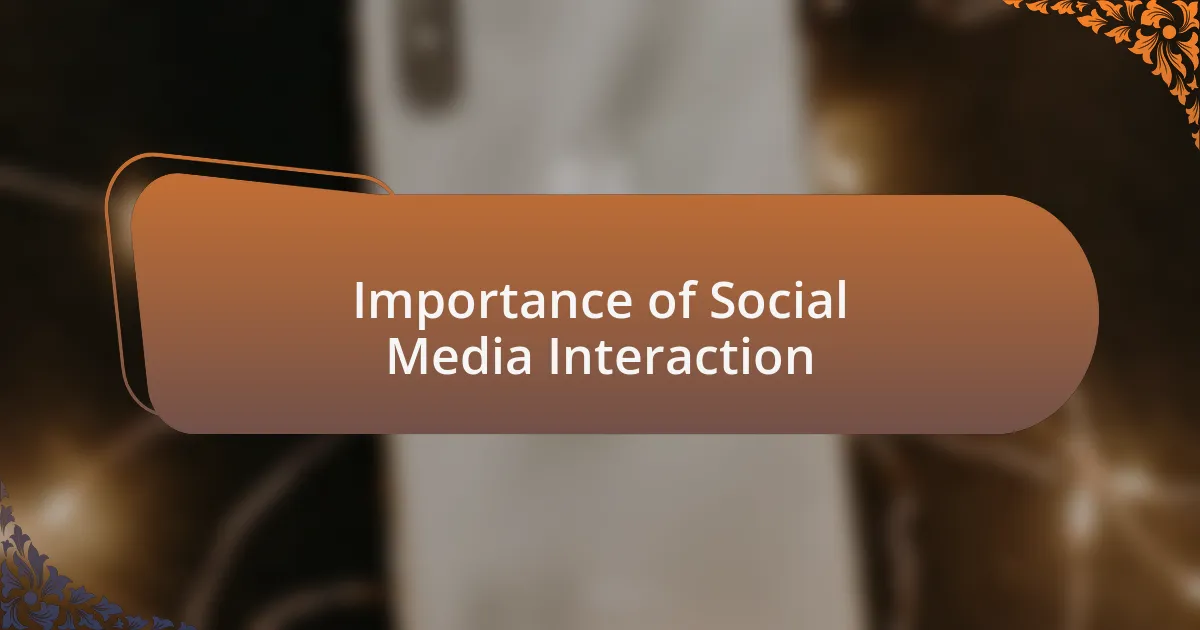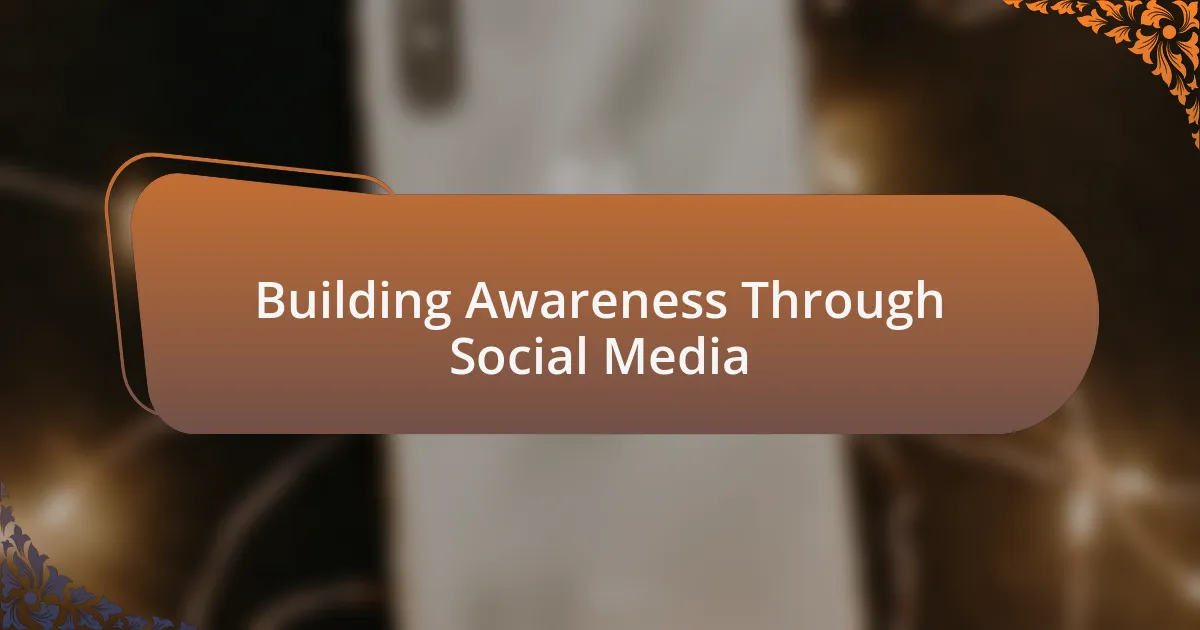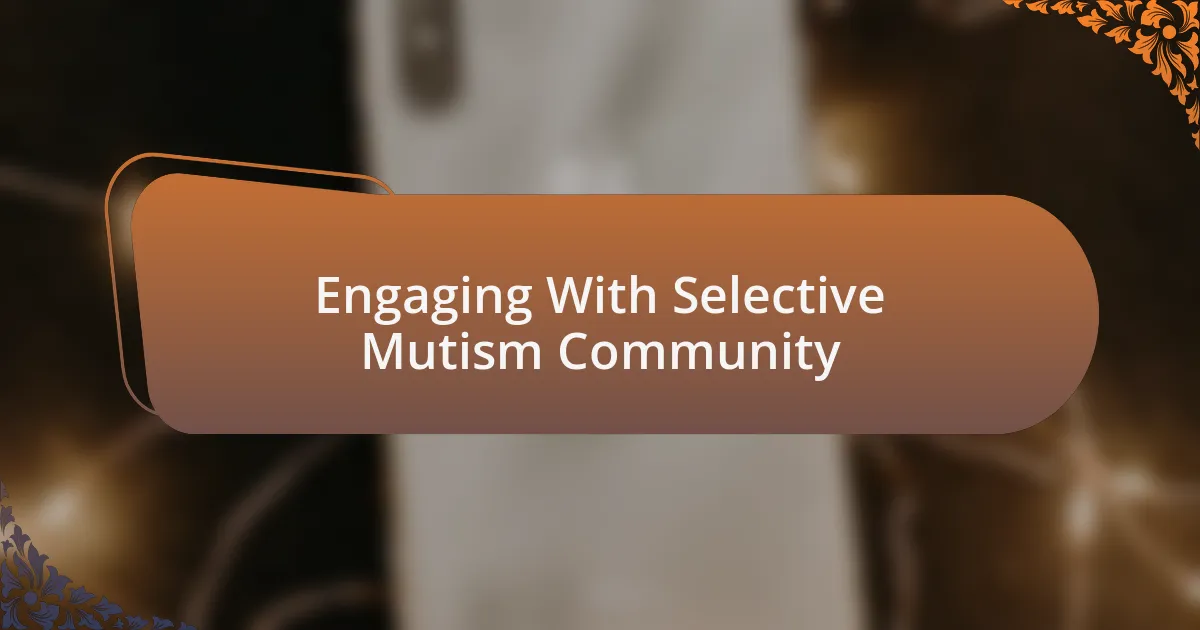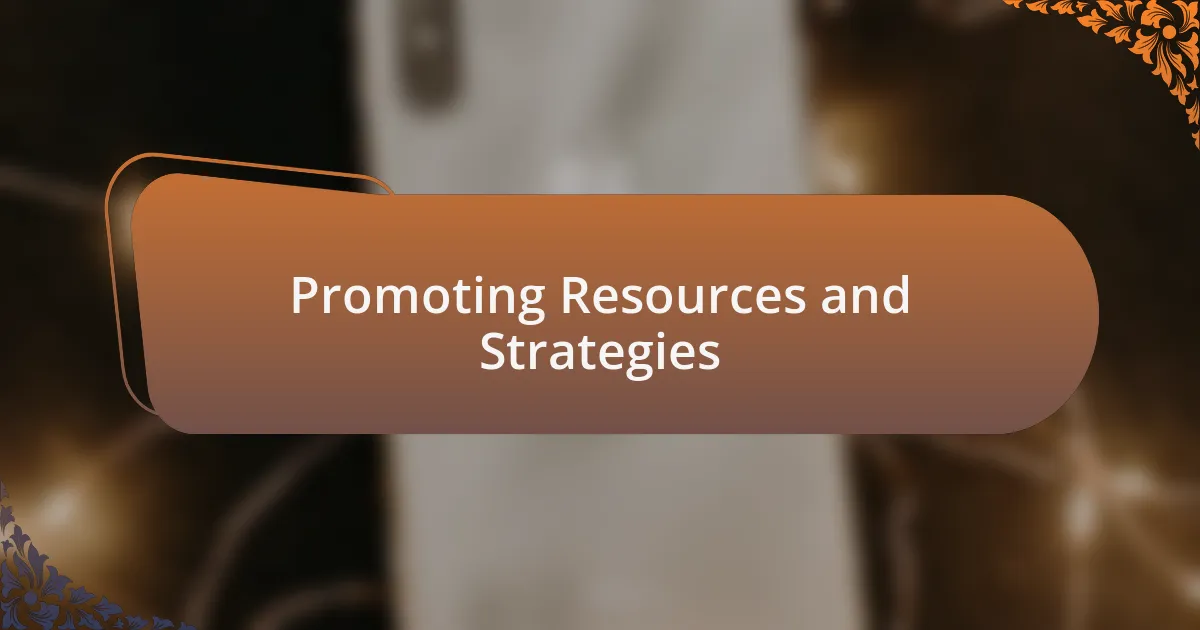Key takeaways:
- Selective mutism is an anxiety disorder affecting children’s ability to speak in certain social situations, creating emotional turmoil and isolation.
- Social media serves as a vital platform for individuals with selective mutism, allowing them to express themselves and connect with others without the pressure of face-to-face interaction.
- Creating supportive online spaces fosters empathy and understanding, encouraging individuals to share their experiences and challenges safely.
- Engagement within the selective mutism community through sharing resources, strategies, and personal stories promotes empowerment and collective healing.

Understanding Selective Mutism
Selective mutism is more than just a reluctance to speak; it’s a complex anxiety disorder that often impacts children. I remember meeting a young girl who would light up around her family but become completely silent in school. It made me wonder, what is it about those unfamiliar environments that stifles her voice?
Understanding this condition requires recognizing the emotional turmoil experienced by those affected. It’s heartbreaking to see someone bursting with thoughts but unable to express them. Have you ever felt the weight of unspoken words pressing against your chest? That’s a daily struggle for many living with selective mutism.
The symptoms may include difficulty speaking in specific social situations, even when the individual can speak comfortably in others. I often think about how isolating this can feel. What if the world around you feels too overwhelming to voice your thoughts, and yet you long to be heard? This insight is crucial for fostering empathy and awareness in our interactions.

Importance of Social Media Interaction
Social media interaction serves as a vital lifeline for those with selective mutism. I recall how an online support group provided a space for individuals to share experiences without the pressure of face-to-face communication. How liberating is it to connect with others who truly understand your struggles, even if it’s through a screen?
Engaging socially online allows people to express themselves at their own pace. I find it fascinating how a thoughtfully crafted post can reveal a side of someone that their voice may not convey. Have you ever typed out your feelings and felt that rush of relief when you hit ‘send’? For many, this method of interaction fosters confidence and can even pave the way for speaking up in real life.
Moreover, social media amplifies awareness about selective mutism, creating a community that educates and supports. I’ve seen firsthand how shared articles and personal stories can spark essential conversations, bridging gaps of understanding between individuals and their families. Isn’t it incredible how a simple click can help erase stigma and promote empathy?

Building Awareness Through Social Media
Building awareness through social media is not just about sharing facts; it’s about making connections. I still remember the first time I posted a resource on selective mutism. The flood of comments from people who had struggled in silence was overwhelming. It struck me how a simple post could unearth a chorus of voices, all eager to share their stories and educate each other.
Social media serves as a powerful tool to create understanding and empathy for those dealing with selective mutism. When I see a heartfelt video from someone revealing their journey, I can’t help but feel a wave of connection. It’s a reminder that these platforms can be both a safe haven and a space for advocacy. Have you ever witnessed a hashtag trend that suddenly brings a hidden issue into the spotlight? It’s thrilling to see how these movements can make invisible struggles visible.
Through engagement, we can collectively challenge misconceptions and encourage open dialogues. I often participate in discussions that highlight personal experiences, and those exchanges resonate deeply with others. It is amazing to observe how individuals find courage through shared narratives. Social media, when used thoughtfully, can ignite change and foster a community that values understanding.

Creating Supportive Online Spaces
Creating supportive online spaces is essential for those navigating the challenges of selective mutism. I recall a time when I came across a Facebook group dedicated to connecting individuals with similar experiences. The warmth of that community, where people offered not just advice but genuine understanding, made me feel less isolated. Have you ever stumbled upon a forum that felt like a digital hug?
In my experience, it’s crucial to maintain a tone of empathy and kindness. I’ve seen firsthand how a simple acknowledgment of someone’s struggle can transform their day. One member shared their anxiety about speaking in public, and the outpouring of encouragement from others was heartwarming. It was as if the group collectively reminded them that they were not alone in their journey.
Moderation plays a significant role in fostering these supportive environments. I’ve noticed that well-moderated spaces often encourage more open discussions and allow vulnerability to thrive. When members feel safe to express their fears without judgment, it creates a ripple effect of comfort, prompting others to share their own stories. Isn’t it powerful how authenticity can forge such deep connections?

Engaging With Selective Mutism Community
Engaging with the selective mutism community means more than just exchanging information; it’s about building relationships. I remember a time when I shared my story on an online platform, and the response was overwhelming. Each comment felt like a hand reaching out, inviting me into conversations that were both enlightening and comforting. Have you ever felt that rush of belonging when others resonate with your experiences?
Sharing resources can also create a sense of unity. When I discovered helpful articles and websites, I made it a point to post them in different groups. The gratitude from those who found them useful was incredibly rewarding. It sparked discussions that led to new insights and a collective sense of empowerment. Isn’t it fascinating how sharing knowledge can bring people together in unexpected ways?
Moreover, participating in virtual events like webinars or group chats can deepen these connections. I engaged in a lively discussion during a recent online workshop specifically for people with selective mutism. The camaraderie felt electric as we exchanged tips and supported each other’s progress. It struck me how beneficial it is to have a safe space where we can not only learn but also celebrate our triumphs, no matter how small. How does connecting online make you feel less alone in your journey?

Sharing Personal Experiences
Sharing personal experiences can be a powerful catalyst for connection within the selective mutism community. I vividly recall the first time I opened up about my challenges in a support forum. The vulnerability I felt quickly transformed into relief as I received messages filled with empathy and encouragement. Have you ever hesitated to share your story, only to find that it resonates deeply with others?
One of the most moving moments for me was when I shared a video documenting my journey. The flood of supportive comments not only validated my feelings but also revealed a tapestry of similar experiences among viewers. It was enlightening to realize that we were navigating the same hurdles and celebrating each other’s victories together. Don’t you find comfort in knowing you’re not alone in your struggles?
I find that sharing my process, even the small wins, invites others to do the same. Recently, I wrote about a challenging social situation I faced and how I managed it. The responses were a mix of shared fears and strategies, creating a rich dialogue that felt both personal and collective. Isn’t it remarkable how our stories not only help us heal but also serve as a beacon of hope for others?

Promoting Resources and Strategies
One effective way to promote resources and strategies in the selective mutism community is to share useful tools that have made a difference in my journey. I remember stumbling upon a book that offered practical exercises for building communication skills. It felt like discovering a hidden treasure that not only provided strategies but also the much-needed reassurance that progress is possible. Have you found any resources that have inspired you?
Additionally, I’ve seen tremendous benefit from online workshops focused on mindfulness and anxiety management. When I attended one, I was struck by how simple techniques could transform my approach to anxiety-provoking situations. Sharing these kinds of experiences not only informs others but also fosters a supportive atmosphere where everyone feels inclined to try new strategies. Isn’t it wonderful to think that we can learn from each other’s journeys?
Lastly, creating a central hub for sharing strategies could greatly enrich our community. I’ve tried posting a compilation of helpful links, from sensory tools to anxiety-reducing apps, and the feedback was overwhelmingly positive. This collective sharing emphasizes our common goal: to support one another in overcoming the challenges posed by selective mutism. How powerful would it be if we all contributed to a growing library of success stories and strategies?